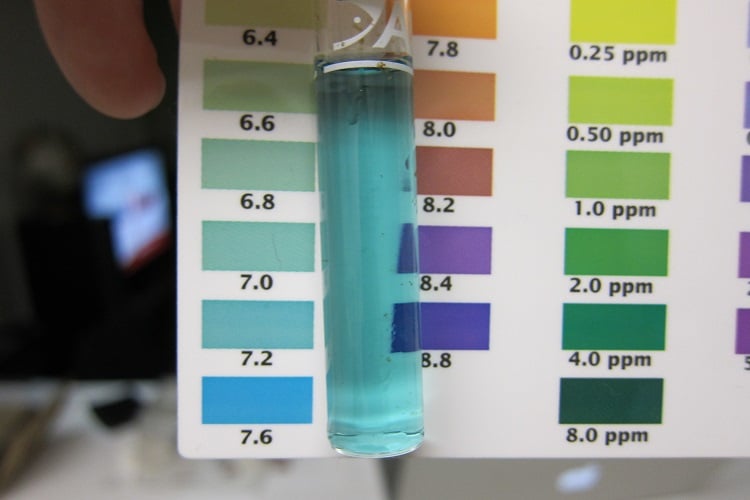Extreme Corals News and Updates
Maintaining Alkalinity and PH in reef tank and how they are interrelated
Crucial to the well-being of your reef tank and corals is commonly overlooked. Without the correct Alkalinity and pH your new corals are at risk
Read more to find out why the Alkalinity and pH of your reef tank is such an important thing to keep in mind
by scott Shiles • February 22, 2023
Reef Tank Maintenance, All Corals
Balancing Alkalinity and pH Levels in Your Reef Tank
Ensuring optimal alkalinity and pH levels in your reef tank is paramount for the thriving ecosystem of corals and invertebrates it houses. Alkalinity, measured as carbonate hardness (KH), stabilizes pH, preventing drastic fluctuations that can stress tank inhabitants.
Alkalinity serves as a crucial buffer against pH swings, which can have detrimental effects on the delicate balance of your reef environment. When alkalinity levels are insufficient, pH can fluctuate erratically, leading to stress in corals and other inhabitants. This stress can compromise their immune systems and impede growth, making it imperative to maintain stable alkalinity levels.
Understanding pH's Crucial Role
pH, indicating water's acidity or alkalinity, ideally falls between 8.2-8.4 in a reef tank to support coral and invertebrate health. Deviations from this range can induce stress and hinder growth. Monitoring and adjusting calcium and magnesium levels are vital, as they influence alkalinity and pH.
Corals rely on stable pH levels to maintain their calcification process, which is essential for building their skeletons. Any fluctuations in pH can disrupt this process, leading to weakened coral structures and increased susceptibility to disease. Additionally, pH levels can affect the toxicity of ammonia in the water, further underscoring the importance of maintaining a balanced pH environment.
Maintaining Alkalinity and pH: Best Practices
Regular water changes, high-quality salt mixes, and buffer solutions aid in preserving alkalinity and pH levels. Incorporating tools like calcium reactors or dosing systems ensures consistent stability. By diligently managing these parameters, you foster an environment conducive to the flourishing life within your reef tank.
Furthermore, understanding the relationship between alkalinity, pH, and other water parameters such as calcium and magnesium is essential for achieving and maintaining a healthy reef tank. Calcium and magnesium are crucial for coral growth and skeletal development, but their levels must be balanced to prevent adverse effects on alkalinity and pH.
Testing your water regularly using reliable test kits is fundamental to keeping track of alkalinity and pH levels. This allows you to detect any deviations from the optimal range early on and take corrective measures promptly. Remember to calibrate your testing equipment regularly to ensure accurate readings.
Lastly, it's essential to consider the specific needs of your coral species when adjusting alkalinity and pH levels. Some corals may require slightly different parameters to thrive, so research the requirements of each species in your tank and adjust accordingly.
By prioritizing the maintenance of alkalinity and pH levels in your reef tank, you provide a stable and hospitable environment for your corals and invertebrates to flourish. This not only enhances the visual appeal of your tank but also promotes the overall health and vitality of its inhabitants.

